Written by Catherine Sancho
Argentina’s economy has been experiencing turbulence ever since its first debt crisis in the 1980s, triggering exceptional rates of inflation. By the end of 2023, Argentina’s annual inflation climbed to 211.4%, the highest rate in 32 years (Rey, 2024). The newly elected president and self-described “anarcho-capitalist,” Javier Milei, campaigned strongly on the promise of dollarization, assuring the Argentinian people that formalizing the use of the USD as Argentina’s sole, legal currency is the solution to spiraling inflation. Dollarization implies not only adopting the USD, but consequently outsourcing monetary policy decisions to the Federal Reserve. For years, Argentinians have been using USD as their de-facto currency for savings, but the dollarization process is much more nuanced. It poses questions as to what criteria Argentina would first need to meet for dollarization to even be considered, namely that of high inflation fueled by irresponsible spending and a government debt that raises the possibility of default.
Integrity of Monetary and Political Institutions
Argentina’s monetary institutions, and the discretionary policymakers that comprise them, have earned themselves a poor reputation when it comes to ensuring monetary stability and exercising spending discipline. The Central Bank has a tendency of falling subject to political pressure, as politicians are reluctant to be associated with high taxes and public spending cuts. Dollarization would isolate monetary policy from that which is fiscal and, thereby, easily influenced by political agendas. It is possible, then, that dollarization would do away with much of the precarious economic behaviors that Argentina’s Central Bank has permitted thus far. Furthermore, supporters of dollarization claim that despite irresponsible debt spending, the significant popular support for dollarization may imply that the country is ready to commit to rigid monetary rules in order to maintain long-run economic stability.
On the other hand, it is entirely possible that Argentina’s government and banking systems will not exercise sound financial control. This means that defaults are more probable in the absence of a lender-of-last resort (an institution, typically a central bank, who provides liquidity in cases of extreme risk or economic collapse). Further, even with the separation of fiscal and monetary policy, other elements, such as an extensive debt burden and the costly nature of institutional change can still influence a government’s borrowing behaviors. In other words, the alleviation of political pressure provided by dollarization does not solve the fact that debts will need repaying, bureaucracies will need restructuring, and voters will be expecting a continuation of the public services to which they have grown accustomed (The Economist, 2023).
The Monetary Base
Those who argue against Argentina dollarizing typically make note of the country’s significant debt. For context, in order for a country to dollarize, it is advised that the amount of foreign currency held by that country (foreign exchange reserves) cover the monetary base (the currency in circulation plus bank reserves) (Roubini, 2001). This ensures that the dollarizing country has enough money to buy back their home currency — in this case, the peso. Currently, Argentina does not have sufficient funds to do so. The cost of dollarizing (exchanging all the pesos in circulation and held in banks at the current exchange rate) totals $40bn. An alternative option would be acquiring a loan from the International Monetary Fund to cover said cost. Yet, considering that, in 2022, Argentina requested an extension on its preexisting $44bn loan to the IMF (IMF, 2022), an additional grant seems improbable.
In response to this skepticism, President Milei has proposed a plan of fiscal austerity to increase savings, incentivize investment, and gradually increase dollars in possession. Within his first month in office, Milei proposed nearly 1,000 reforms to deregulate and privatize state-owned companies (The Wall Street Journal, 2024). In another attempt to reduce public spending, Milei reduced energy and transportation subsidies for residents and cut payments to many of Argentina’s 23 provinces (Nicas et al., 2023).
And yet, many economists sustain that Argentina is insolvent, incapable of paying off its debt. While Milei’s idea of raising essential capital by “selling state-owned firms and government debt in an offshore fund” may seem like a viable option, it is unlikely that there will be sufficient demand for these newly privatized firms given they have recently exited a weak economic environment (The Economist, 2023).
All in all, despite the rampant discourse regarding dollarization, much room remains for structural reform. Without guaranteed fiscal austerity measures, dollarization, if accomplished, could be a point-of-no-return. Dollarization has long been known as a binding commitment, and while monetary responsibilities may be in good hands, fiscal decisions made at home will need to match that rigidity for USD-adoption to work successfully. Argentina will have to demonstrate that it has successfully undergone the institutional restructurings necessary for responsible spending under a dollarized regime. Imperative to this objective is displaying financial maturity by first curbing inflation as much as possible, thereby maintaining relative prices stability and slowly buying back pesos from abroad.
SOURCES
IMF. (2022, March 25). IMF Executive Board approves 30-month US$44 billion extended arrangement for Argentina and concludes 2022 Article IV Consultation. https://www.imf.org/en/News/Articles/2022/03/25/pr2289-argentina-imf-exec-board-approves-extended-arrangement-concludes-2022-article-iv-consultation
Nicas, J., Alcoba, N., & Herrera, L. C. (2023, December 13). Argentina’s new “anarcho-capitalist” president starts slashing. The New York Times. https://www.nytimes.com/2023/12/12/world/americas/argentina-javier-milei-cuts.html
Rey, D. (2024, January 12). Argentina’s annual inflation soars to 211.4%, the highest in 32 years. Los Angeles Times. https://www.latimes.com/world-nation/story/2024-01-12/argentina-annual-inflation-highest-32-years
Roubini , N. (2001). Factors to be Considered in Assessing a Country’s Readiness for Dollarization . https://pages.stern.nyu.edu/~nroubini/dollarization.pdf
The Economist. (2023). Argentina needs to default, not dollarise. https://www.economist.com/finance-and-economics/2023/09/07/argentina-needs-to-default-not-dollarise?utm_medium=cpc.adword.pd&utm_source=google&ppccampaignID=17210591673&ppcadID=&utm_campaign=a.22brand_pmax&utm_content=conversion.direct-response.anonymous&gad_source=1&gclid=CjwKCAiAt5euBhB9EiwAdkXWO3oWnT-dcZLehKhbXlHIT52LMhb53rkmcbyX74s33SNh6AhIvSJthhoCZhAQAvD_BwE&gclsrc=aw.ds
The Wall Street Journal. (2024, January 28). Exclusive: Argentine president Milei says there’s “no plan B” for economy: WSJ. YouTube. https://youtu.be/Sai3gC9LZYI?si=3a5Z00imqMNNtNcY


